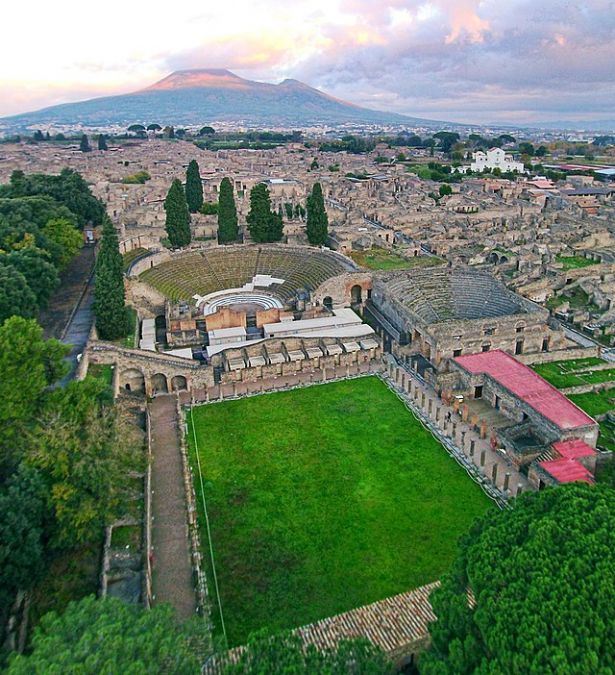
Europe, with its rich history and diverse cultures, holds within its soil the remnants of numerous ancient civilizations. Over the centuries, some of these once-prosperous cities have been lost to time, buried under layers of earth or submerged beneath the waters. These lost cities of Europe continue to captivate the imagination of archaeologists, historians, and adventurers alike, as they offer tantalizing glimpses into the past and raise questions about the rise and fall of these enigmatic societies.
Pompeii, Italy: Perhaps one of the most famous lost cities in Europe, Pompeii was an ancient Roman city located near modern-day Naples. In 79 AD, Mount Vesuvius erupted, burying the city under a thick layer of volcanic ash and preserving it remarkably well. Excavations have revealed well-preserved buildings, artwork, and even the plaster casts of its residents, providing valuable insights into the daily life and architecture of the Roman civilization.

Knossos, Greece: The ancient city of Knossos on the island of Crete is considered one of Europe's oldest cities. It was the center of the Minoan civilization, which flourished from around 3000 BC to 1450 BC. Archaeological findings at Knossos have revealed a vast palace complex, intricate frescoes, and a sophisticated plumbing system, indicating a highly advanced and influential civilization.

Skara Brae, Scotland: Located on the Orkney Islands of Scotland, Skara Brae is a Neolithic village dating back to around 3200 BC. The village was buried in sand dunes for centuries until a storm exposed it in the mid-19th century. Skara Brae provides a unique glimpse into the lives of its ancient inhabitants, with remarkably well-preserved stone houses and artifacts, shedding light on their daily routines, tools, and social structure.

Herculaneum, Italy: Another victim of the catastrophic eruption of Mount Vesuvius in 79 AD, Herculaneum was a Roman town located in close proximity to Pompeii. Unlike Pompeii, Herculaneum was engulfed in hot volcanic mud, which helped preserve wooden structures and other perishable materials. The ongoing excavations have revealed luxurious villas, mosaics, and well-preserved carbonized wooden objects, allowing researchers to learn more about ancient Roman life.

Dunwich, England: Dunwich was once a thriving medieval port city located on the east coast of England. Over the centuries, coastal erosion caused significant parts of the city to be submerged beneath the North Sea. Today, Dunwich is a small coastal village, but archaeological investigations have uncovered the remains of its medieval past, including a once-grand cathedral.

Akrotiri, Greece: On the Greek island of Santorini, lies the ancient city of Akrotiri, which was buried under volcanic ash following a massive volcanic eruption around 1600 BC. The city's advanced infrastructure, colorful frescoes, and artifacts have provided valuable insights into the prehistoric Aegean civilization, often associated with the legendary lost city of Atlantis.

Catalhoyuk, Turkey: Catalhoyuk is one of the world's oldest known cities, dating back to the Neolithic period around 7500 BC. Located in present-day Turkey, this ancient settlement offers a unique perspective on early urban life, with its densely packed houses and intricate wall paintings.

These lost cities of Europe continue to amaze and fascinate, serving as portals to ancient times. They remind us of the impermanence of civilizations and the importance of preserving our collective heritage. As archaeologists continue to uncover the secrets hidden beneath the earth, these lost cities offer a timeless connection to our shared human history.
Also read -The Untold Stories of Famous Inventors and Their Inventions
Probiotics May Help Slow Age-Related Cognitive Decline
Fascinating Facts About the Human Brain: The Most Complex Organ